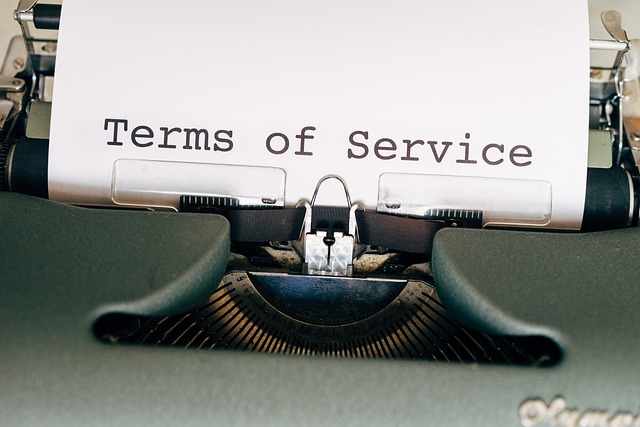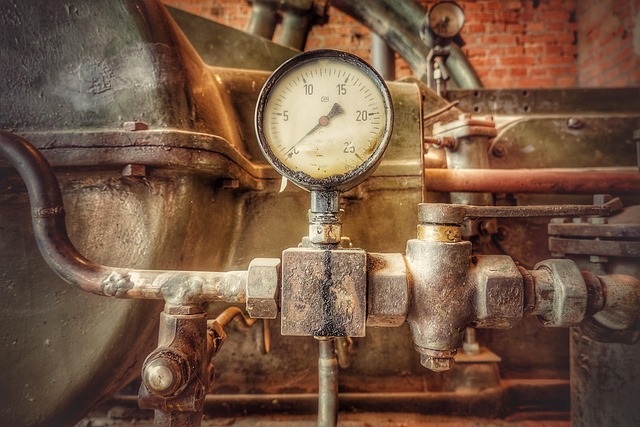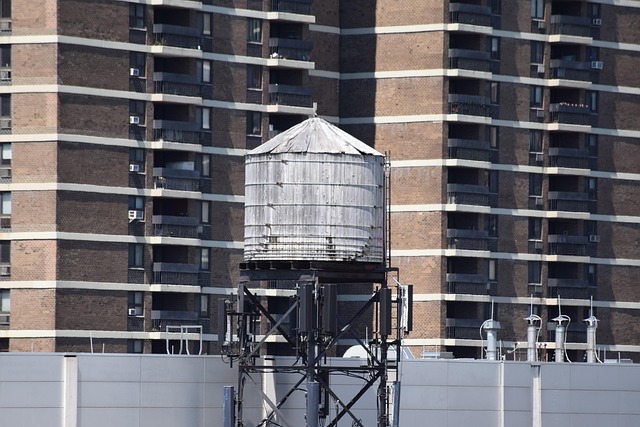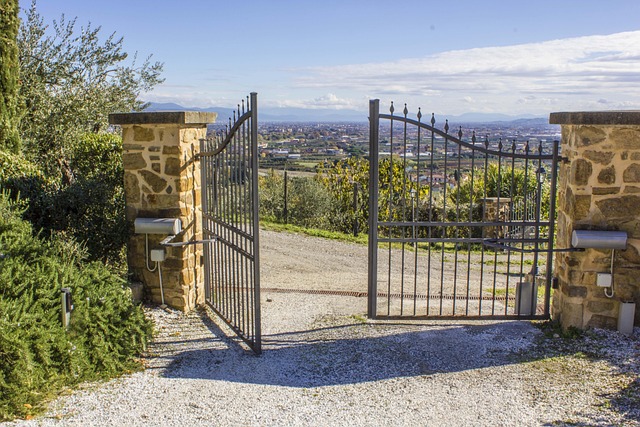Toilets often face issues like drain clogs and leaks, but prevention is key. Regular maintenance, including plungers, baking soda, and vinegar, stops clogs. Leaks, caused by damaged parts or improper installation, waste water and raise bills; DIY repairs or professional plumbers can fix them. Proactive care ensures smooth toilet function, saving money and promoting sustainability.
Are you tired of constant toilet runs or annoying leaks? These persistent issues not only waste water but can also lead to higher utility bills. This comprehensive guide tackles common toilet problems head-on, from identifying leak causes and unblocking stubborn drain clogs to preventive maintenance tips. We’ll walk you through signs of leaks, effective unclogging techniques, and when it’s time to call in a professional plumber for expert help.
- Understanding Common Toilet Issues
- Identifying Leaks: Signs and Causes
- Drain Clogs: Unblocking Techniques
- Maintenance Tips for Prevention
- When to Call a Professional Plumber
Understanding Common Toilet Issues

Toilet problems can range from annoying to costly, with one of the most prevalent being drain clogs. These obstructions can arise from various factors, such as foreign objects like toilet paper or personal care products accidentally flushed down the drain. Over time, buildup from mineral deposits and hygiene products can also create blockages in the pipes. Another common issue is a running or leaking toilet, often caused by faulty flushing mechanisms or seal failures at the base of the bowl. Identifying these problems early on is crucial to prevent further damage and unnecessary water wastage. Regular maintenance checks and addressing clogs promptly can help ensure smooth operations in your bathroom.
Identifying Leaks: Signs and Causes

Identifying leaks in your plumbing system is crucial, as they can lead to significant water wastage and increased water bills. The first step is to recognize the signs of a leaky toilet. One of the most obvious indicators is a constant, uncontrollable flow of water from the bowl into the drain. This could be due to a faulty flapper valve or a worn-out fill mechanism. Other signs include an unusually high water level in the tank after flushing and frequent overfilling of the toilet bowl.
Leaks can also stem from various other causes, such as damaged supply lines, worn-out seals, or improper installation. Drain clogs, while not always the primary culprit, might contribute to the problem if they restrict water flow, causing pressure build-up and subsequent leaks. Regular maintenance and timely repairs are essential to prevent these issues, ensuring your toilet functions efficiently and sustainably.
Drain Clogs: Unblocking Techniques

Drain clogs can be a persistent and frustrating issue, but there are several effective unblocking techniques to address them. One common method involves using a plunger, which creates a seal and generates suction to clear obstructions. Another option is utilizing a snake or auger, a flexible metal cable that is inserted into the drain to break up or retrieve any debris causing the clog.
For more severe blockages, chemical drain cleaners can be employed, though they should be used with caution due to their corrosive nature. Natural remedies like baking soda and vinegar mixed together can also help dissolve clogs safely and effectively. Additionally, regularly cleaning drains with hot water and avoiding flushing non-biodegradable materials can prevent future drain clogs.
Maintenance Tips for Prevention

Regular maintenance is key to preventing constant running or leaking toilets, two common plumbing issues that can waste precious water and increase your utility bills. Start by addressing potential drain clogs monthly. Use a plunger to clear any obstructions in the toilet’s drain, being careful not to apply excessive force which could damage the pipes. Additionally, pour a mixture of baking soda and vinegar down the drain followed by hot water to help dissolve built-up residue.
Inspect your toilet’s flapper regularly, as this moving part is often the culprit behind running toilets. Ensure it fits properly and is in good condition. Check for leaks around the base of the toilet as well, using a drop of food coloring in the tank to trace any drips. Tighten connections or replace worn-out parts to prevent water waste and maintain efficient flushing.
When to Call a Professional Plumber

If you’ve tried standard home remedies like using plungers, pipe cleaners, or chemical drain cleaners and still can’t fix your running or leaking toilet, it’s time to consider calling a professional plumber. Persistent issues with your toilet might indicate more complex problems such as broken flush valves, worn-out gaskets, or even damage to the plumbing lines. An expert plumber has the tools and expertise to diagnose these challenges accurately.
Professional plumbers are equipped to handle various toilet problems, including drain clogs that home methods can’t resolve. They have access to advanced equipment like high-pressure water jets, which can clear stubborn clogs and restore your plumbing system’s efficiency. Additionally, they can identify potential leaks and repair them promptly to avoid further damage and unnecessary water wastage.














